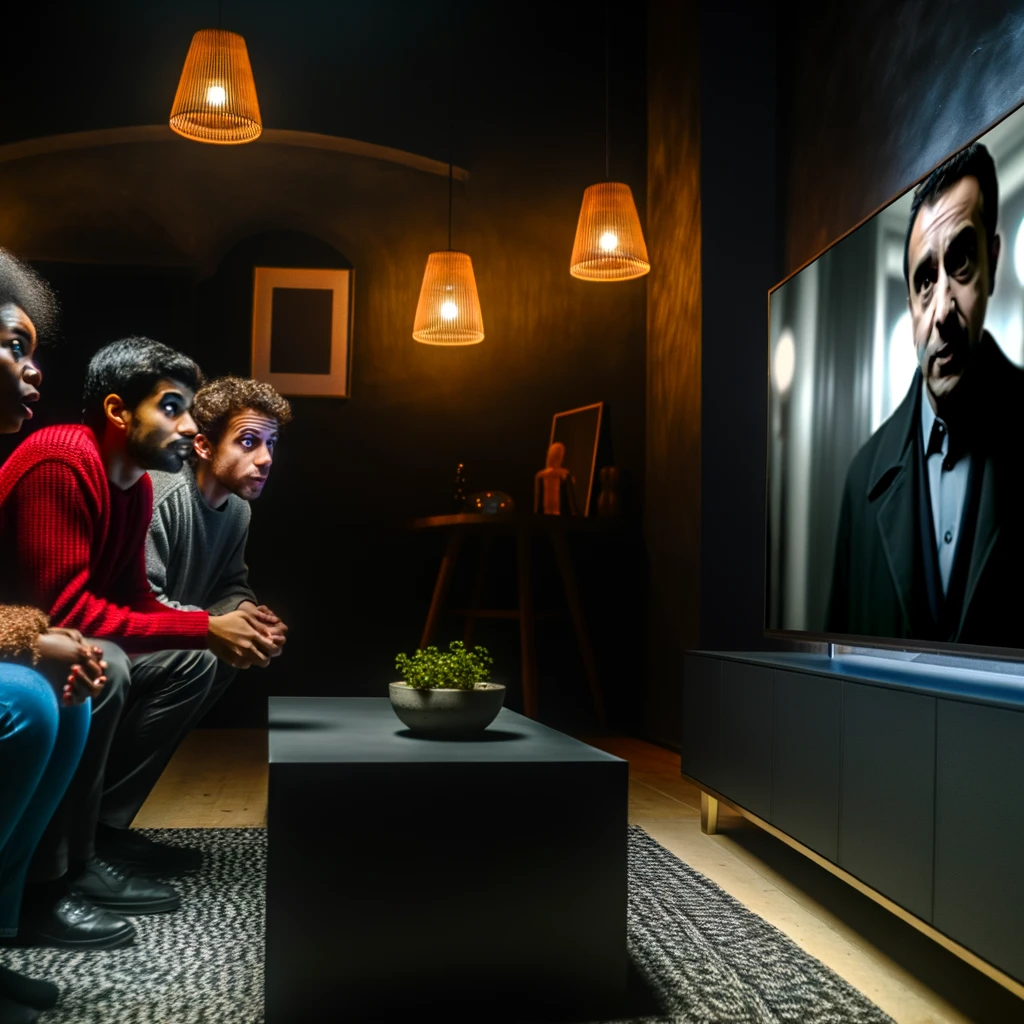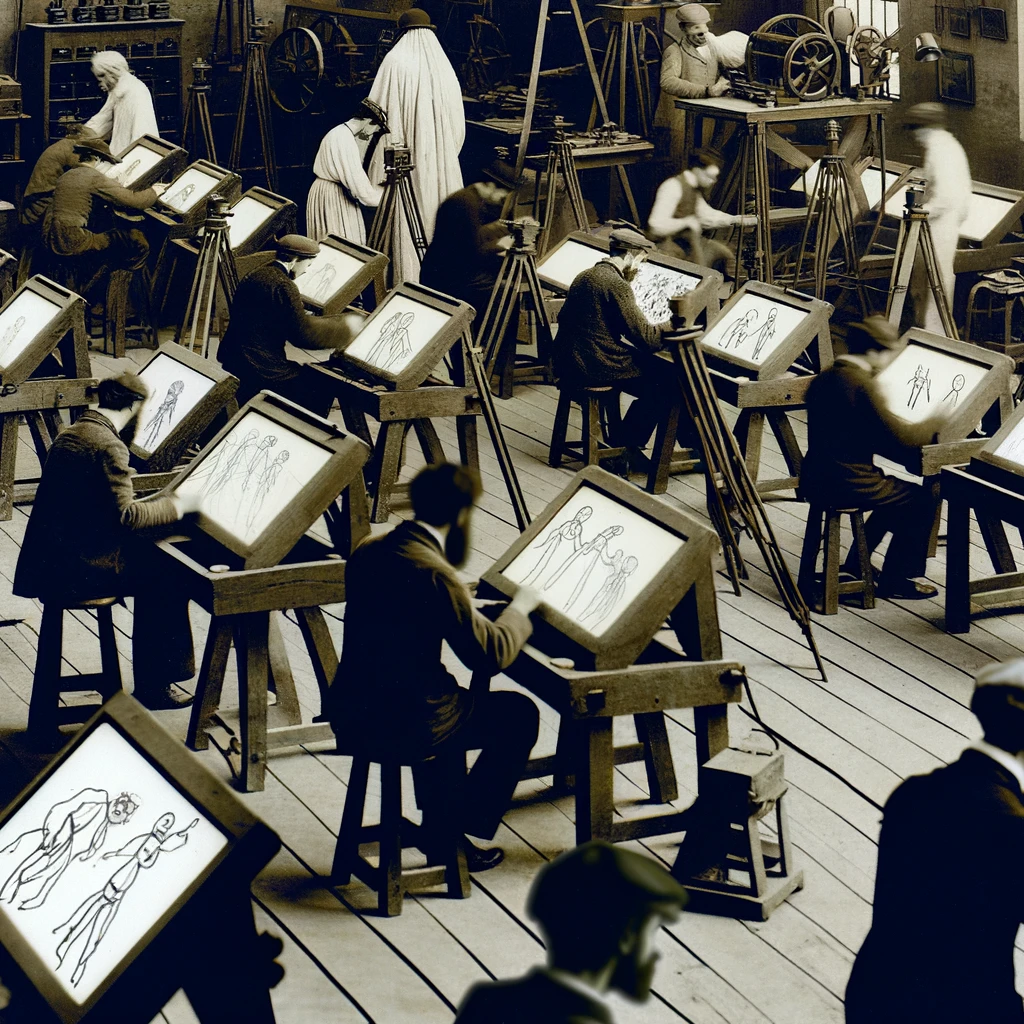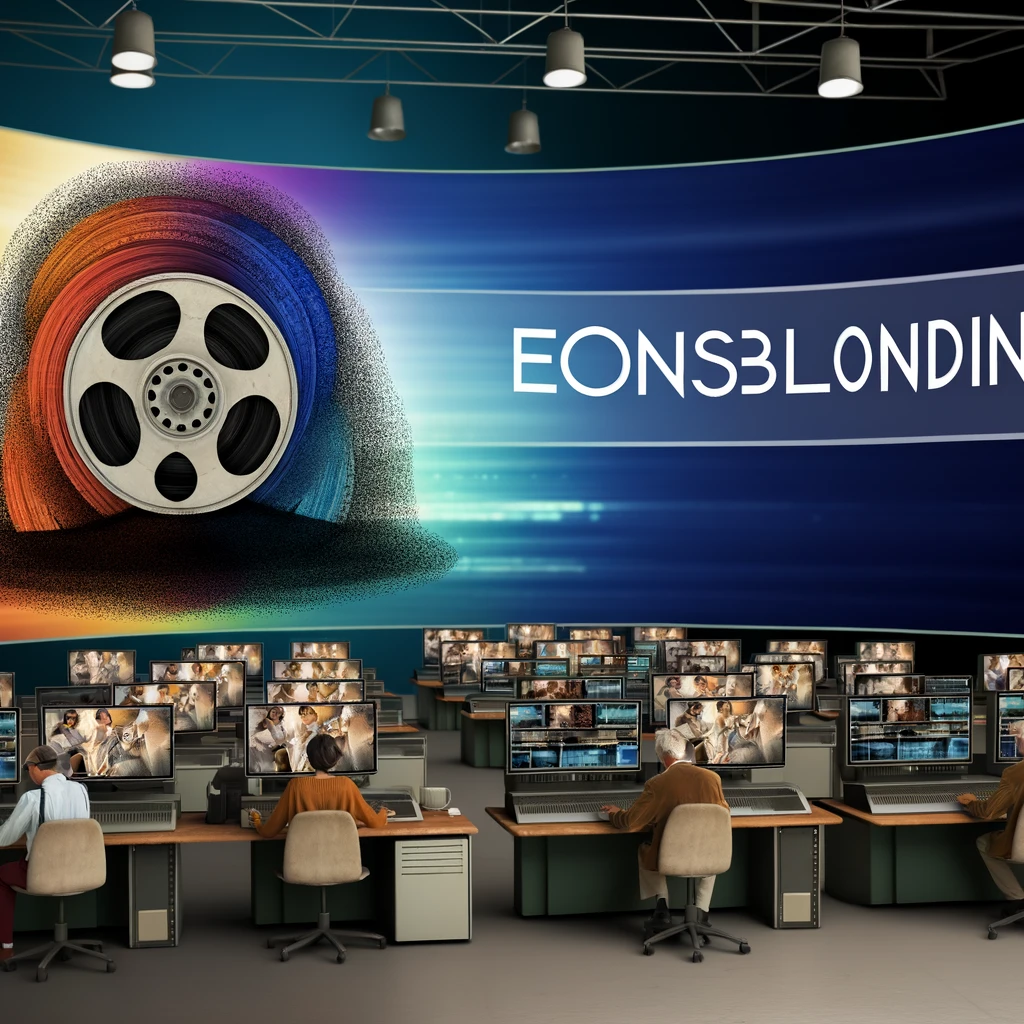
Breaking the Fourth Wall: How Modern Media Engages Audiences
In an era where media consumption is at its peak, creators are constantly seeking new ways to captivate and engage their audiences. One of the most intriguing methods employed today is the technique of 'breaking the fourth wall.' This approach, which involves characters acknowledging their fictional nature and directly interacting with the audience, has been gaining momentum across various forms of media, from movies and television to video games and theater. But what makes this method so effective in modern storytelling?
Understanding the Fourth Wall
The concept of the 'fourth wall' originates from theater, where the stage is perceived as having three physical walls and an invisible fourth wall that separates the fictional world from the real world of the audience. When this wall is broken, characters step out of their narrative and directly address the audience, blurring the lines between fiction and reality.
The Evolution of the Fourth Wall in Media
Breaking the fourth wall is not a novel concept. It has been used sporadically in literature and theater for centuries. However, its application and impact have evolved significantly with modern media. In the age of digital storytelling, the technique has found a new lease on life, becoming a powerful tool for engagement.
The Impact on Audience Engagement
When characters break the fourth wall, it creates a unique connection with the audience. This direct interaction can lead to a more immersive experience, as viewers feel they are part of the story. It also encourages viewers to reflect on the nature of the narrative and their role as spectators.
Moreover, this technique can introduce humor and self-awareness, inviting audiences to join in on the joke or insight. Shows like "Fleabag" and films such as "Deadpool" have masterfully used this approach to enhance storytelling, creating memorable moments that resonate with viewers.
Case Studies in Modern Media
Consider the success of "Deadpool," where the titular character frequently acknowledges the audience, providing commentary on the film’s events and the superhero genre itself. This playful interaction not only adds a layer of humor but also deepens audience involvement.
Similarly, the series "House of Cards" utilizes the fourth wall to provide viewers with a deeper understanding of Frank Underwood's manipulative schemes. These asides create an intimate relationship between the character and the audience, fostering a sense of complicity.
Challenges and Criticisms
Despite its effectiveness, breaking the fourth wall can be challenging to execute. It requires careful balance to ensure it enhances rather than detracts from the narrative. Overuse or poor implementation can disrupt the story's flow and alienate audiences, detracting from the immersive experience.
Critics argue that excessive use of this technique can break the continuity of the narrative and diminish the suspension of disbelief. Therefore, creators must consider the context and purpose behind breaking the fourth wall to maintain its impact.
Future Trends
As media continues to evolve, the use of fourth wall breaks is likely to become more sophisticated. With advancements in technology, particularly virtual and augmented reality, the potential for interactive storytelling is vast. These innovations could redefine audience engagement, allowing for even more personalized and immersive experiences.
In conclusion, breaking the fourth wall is a dynamic storytelling technique that continues to captivate modern audiences. By inviting viewers into the narrative, creators can foster a deeper connection, making stories more memorable and impactful. As media landscapes shift and evolve, it will be fascinating to see how this method adapts and thrives in new storytelling formats.
Related Articles





